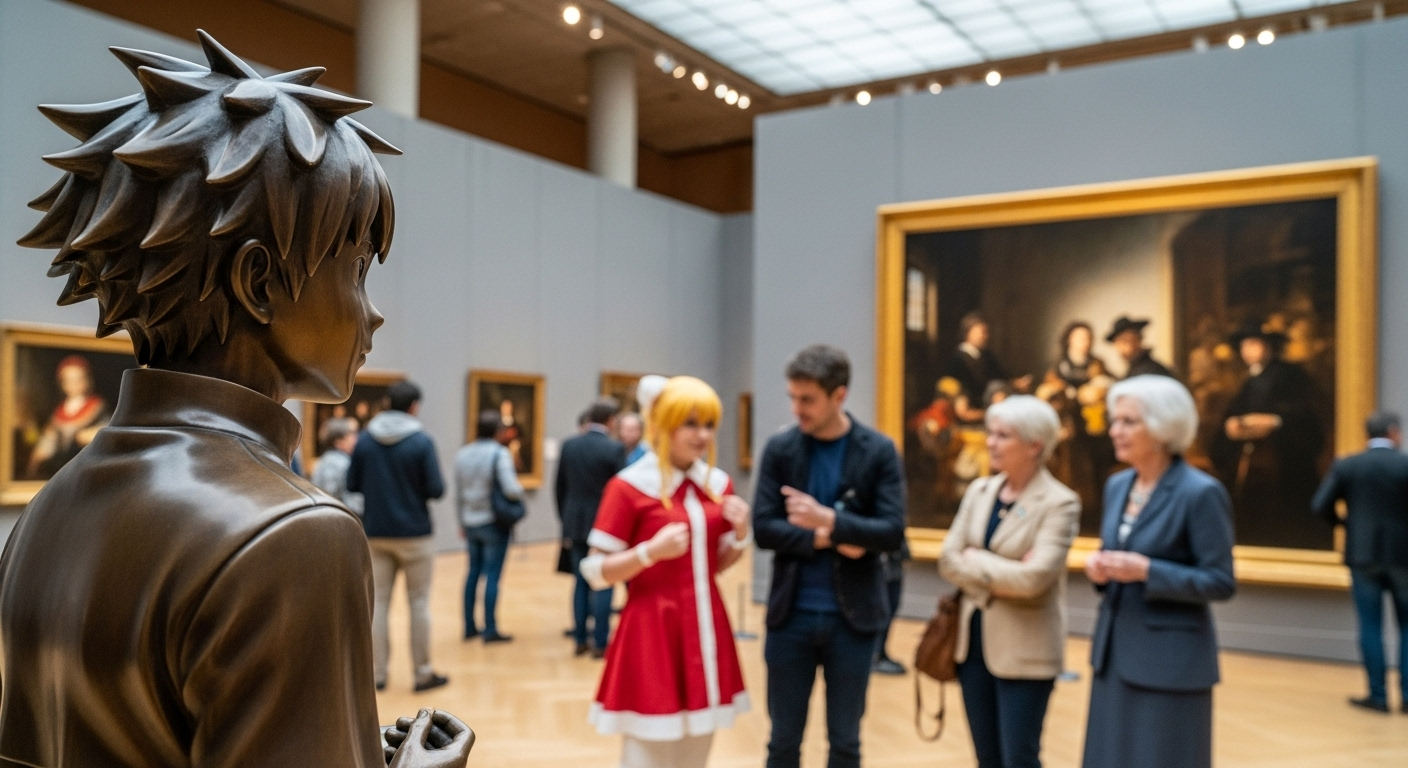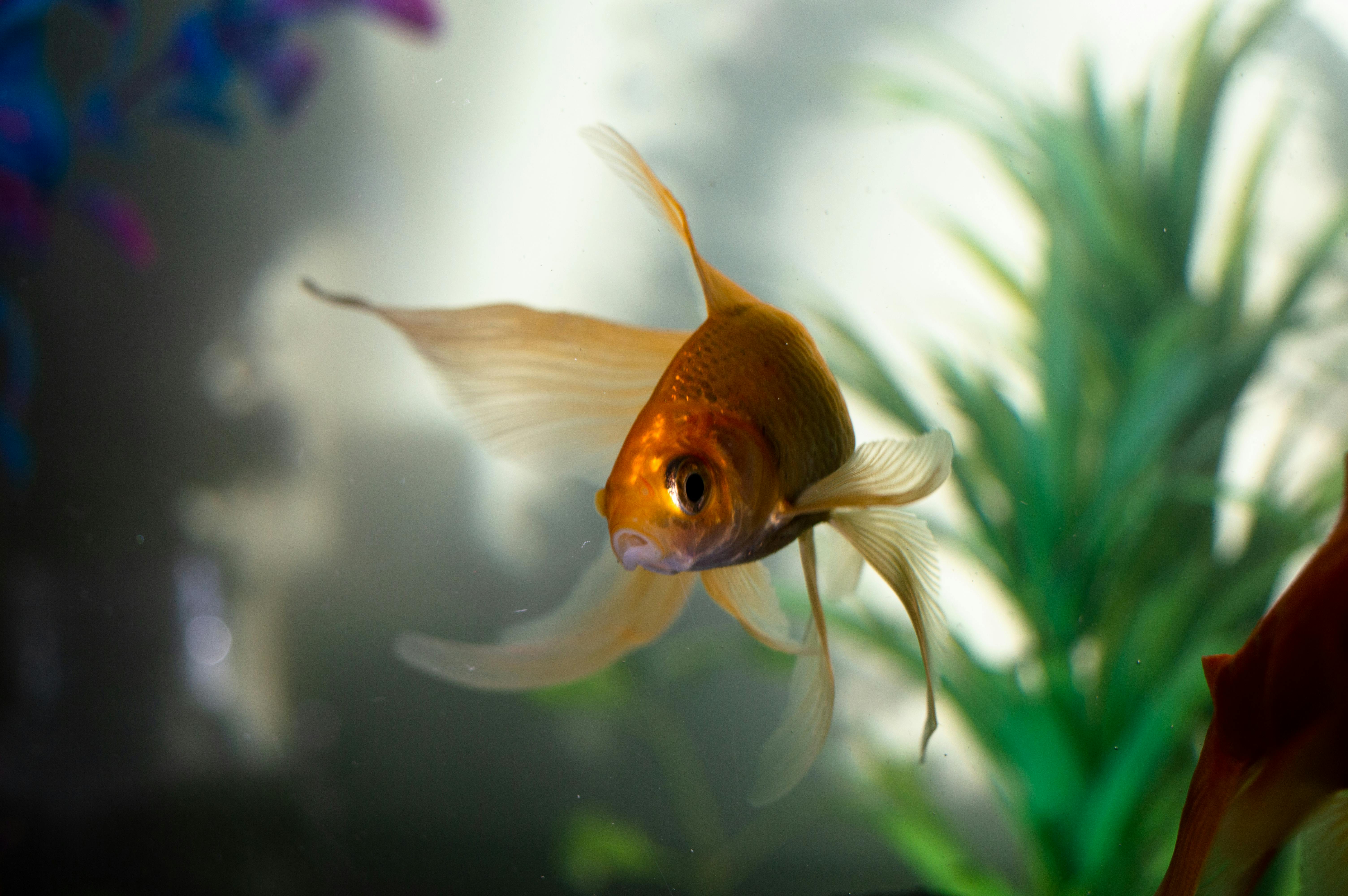Bridging Worlds: The Confluence of Anime and Western Art
Anime, a form of animation originating from Japan, has been rapidly gaining global recognition over the past few decades. This article dives into the exploration of how anime has permeated the Western Art scene, transforming cultural norms and perceptions along the way.

The Genesis of Anime: A Quick Backstory
The birth of anime can be traced back to the early 20th century, with the production of the first anime short film, ‘Namakura Gatana,’ in 1917. However, it wasn’t until the post-war era that anime began to shape its identity distinctively. The 1960s saw the creation of the first serialized anime television series, ‘Astro Boy,’ by the “Father of Manga” and “God of Anime,” Osamu Tezuka. This period marked the genesis of the anime we know today—rich in narrative, emotive, and visually stunning.
Anime’s Foray into the Western Art Scene
In the late 1980s and early 1990s, anime started to infiltrate the Western world. Shows like ‘Akira’ and ‘Ghost in the Shell’ became cult hits in America, and anime’s unique blend of art, storytelling, and culture began to be noticed. This was the beginning of a significant cross-cultural exchange. Western artists started incorporating anime themes and styles into their work, bridging the divide between the East and West, and thus, anime became an influential force in the global art scene.
The Influence and Significance of Anime in Western Art
The impact of anime on Western art is evident in various domains, from digital art to Hollywood films. Anime’s aesthetic—its vibrant colors, exaggerated physical features, and emotive visual language—has proven to be a significant influence on Western artists. You can witness its impact in the work of artists like Takashi Murakami, who seamlessly blends traditional Japanese art forms with contemporary pop culture, creating what he calls ‘Superflat.’
Furthermore, the influence extends beyond just visual arts. Hollywood has taken note of anime’s storytelling prowess, adapting several anime into live-action films. Titles like ‘Ghost in the Shell’ and ‘Alita: Battle Angel’ are indicative of this trend.
The Current State of Anime in Western Art
Presently, the influence of anime in Western art has only deepened. It’s not just artists who are embracing anime aesthetics; the fashion industry, too, has adopted anime-inspired designs. Brands like Gucci, Louis Vuitton, and Prada have incorporated anime elements into their collections, signaling a shift in cultural acceptance and appreciation.
Moreover, anime conventions and festivals in the West attract millions of attendees annually, reflecting the growing interest in anime culture. The anime industry itself has seen explosive growth, with the global anime market reaching a staggering $24.18 billion in 2019.
The Future of Anime in Western Art
Given the current trend, the future looks promising for the confluence of anime and Western art. As cultural boundaries continue to blur in this globalized world, the integration of diverse art forms is inevitable. Anime, with its unique ability to transcend cultural and language barriers, looks set to continue its influential role in the global art scene.
In conclusion, the influence of anime on Western art is a testament to the power of cross-cultural exchange. It’s a vibrant example of how art, in its many forms, can bridge divides and bring diverse cultures together. Undoubtedly, the confluence of anime and Western art will continue to evolve, offering fresh perspectives and fostering mutual appreciation between Eastern and Western cultures.





